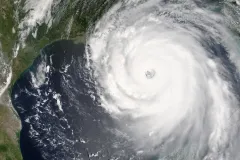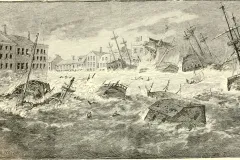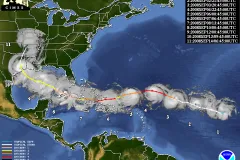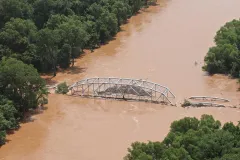Showing results for
"All"
Language
Content type
Article Type
Topics
Tags

overview
Hurricanes, Typhoons, and Cyclones
What’s the difference between a hurricane, a typhoon and a cyclone? The short......
Photo
The Great Gale
The Great September Gale of 1815 in New England occurred well before the......
Photo
Hurricane Ike Dies
Hurricane Ike grew to a Category 4 hurricane temporarily but the Caribbean islands......
Photo
